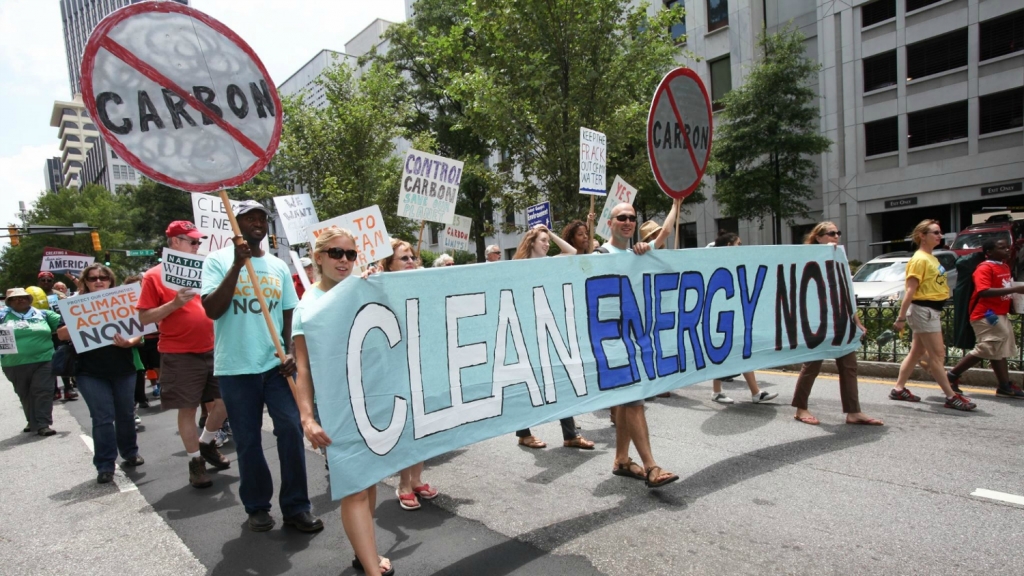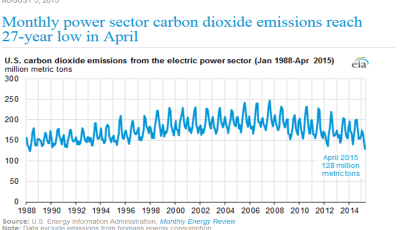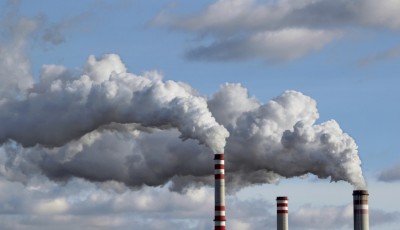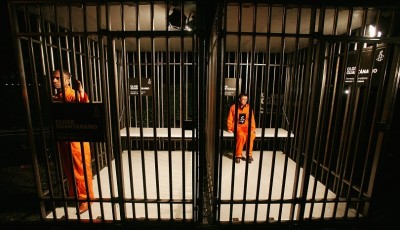President Obama outlines new climate change plan
He warned that because the problem is so large, if the world doesn’t get it right quickly, it may become impossible to reverse, leaving populations unable to adapt.
West Virginia’s attorney general says the administration is on “very, very shaky” legal ground. “We are confident that we will prevail”.
The rules, being announced on Monday, are designed to cut emissions from power plants and have been strengthened in terms of the long-term ambition as originally proposed by the president last year, but slightly weakened in the short-term in a concession to states reliant on highly-polluting coal. Because of the lengthy timeline – states have 7 years to start complying – the next president will have ample time to unravel the rules if he or she chooses to do so. The plan also includes an incentive program for states to get a head start on meeting standards on early deployment of renewable energy and low-income energy efficiency.
“They are wrong”, Environmental Protection Agency Administrator Gina McCarthy said flatly, accusing opponents of promulgating a “doomsday” scenario.
The Southern Environmental Law Center and GASP, an Alabama air quality advocacy group, were among those to issue statements Monday in support of the Plan. Prodded by Senate Majority Leader Mitch McConnell, R-Ky., a number of Republican governors have said they simply won’t comply. The issue is already being raised among candidates for next year’s presidential election, as much of the work will lie with his successor. The actual price won’t be clear until states decide how they’ll reach their targets.
In announcing the plan, Mr Obama acknowledged there would be opposition to it. But he rejected criticism it would increase energy bills for Americans, hurt the poor, or cost jobs.
Obama’s revised plan relies more heavily on renewable energy sources like wind and solar replacing dirtier coal-fired power plants. But the final rule aims to keep the share of natural gas in the nation’s power mix the same as it is now.
“The EPA’s one-size-fits-all approach fails to consider the unique nature of each state’s energy generating system and does not take into account recent measures to reduce emissions”, said DENR Secretary Donald van der Vaart.
“This plan is all pain and no gain”, said Luke Popovich, vice president of communications for the National Mining Association.
The European Union immediately welcomed the plan to fight against climate change, calling it a “positive step forward”.
Emissions targets have been loosened for 31 states, but the more stringent goals for the others make the plan more ambitious than originally proposed. For Bluegrass State workers, that could mean unemployment, he said. Ben Fowke, the company’s CEO and president, said Xcel is on course to achieve the 30 percent carbon dioxide reduction by 2020. The finalization of these regulations will shutter more power plants across the nation, double down against affordable energy and the reliability of our grid, and deal a major blow to jobs and the economy. Instead, power plants can work within the electricity grid to meet the standards over time. He says numerous coal plants have also been eliminated, so he doesn’t expect an additional impact to the workforce.
Pruitt said his office filed a legal challenge against the Clean Power Plan because it forces Oklahoma to restructure the generation, transmission and regulation of electricity in a way that could threaten the reliability and affordability of power in the state.
“The Clean Power Plan is a victory for Michigan families, for our economy, and for our air and water quality”, said Jack Schmitt, deputy director, MLCV.












